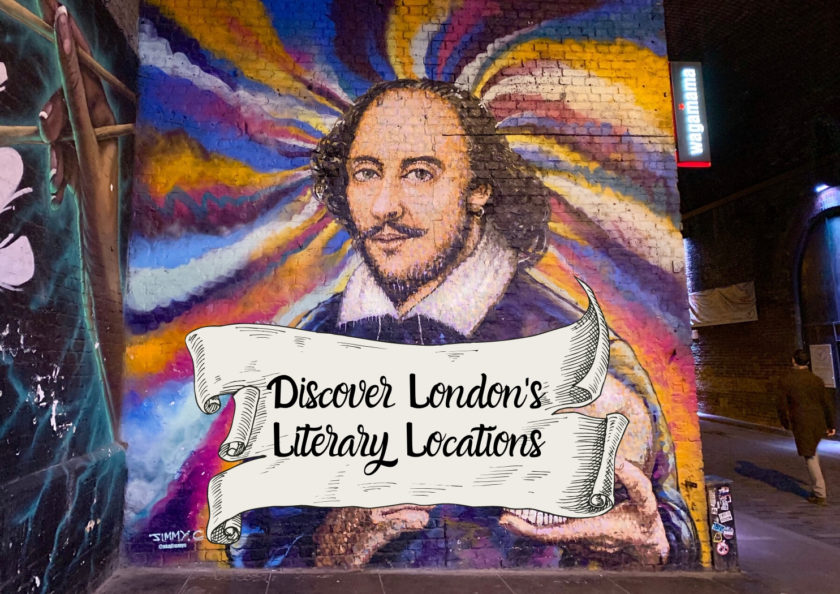
Since I’ve been trying to get into the habit of reading more during lockdown, it has also given me the idea of highlighting London’s literary locations.
The city’s literary legacy is long and significant. Over the centuries, London has been home to some of the most brilliant and well-known writers in history.
By walking in their footprints, you will experience London in a completely unique and personal way.
Experience the alleyways famous writers once walked, order a drink in a pub where a literary genius once penned their now classic piece of English literature, or perhaps pay a peaceful visit to their final resting place.
From Ye Olde London to current times, the city’s connection to literary tales continues to this day, for London will always be a city that inspires…
when a man is tired of London, he is tired of life; for there is in London all that life can afford.
Samuel Johnson
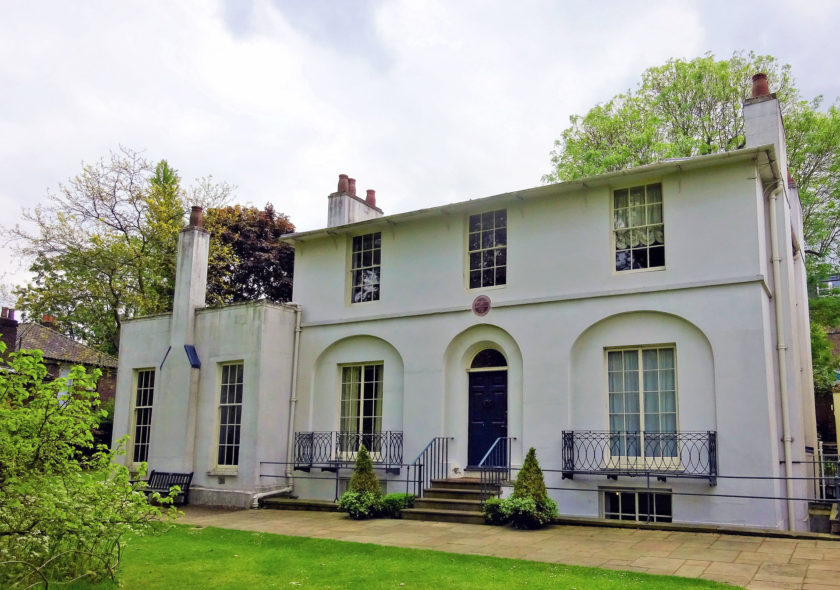
Where: Keats House
Who: John Keats
The Ode to a Nightingale romantic writer lived in this house on the edge of Hampstead Heath, towards the north of the city. The Keats Museum showcases some of the letters he wrote to his love, neighbour and eventual fiancé, Fanny Brawne and even the engagement ring he gave to her. Keats’ short years in this house are often credited as being his most productive, with some believing he penned ‘Nightingale’ beneath the fruit tree in this very garden. Today, Keats House is host to a number of literary events and exhibits throughout the year, and guided walking tours of the area are also available. This year is particularly important as it marks 200 years since he left the house in London for Rome, where he died only a year later in 1821.
Also read: Keats-Shelley Memorial House in Rome
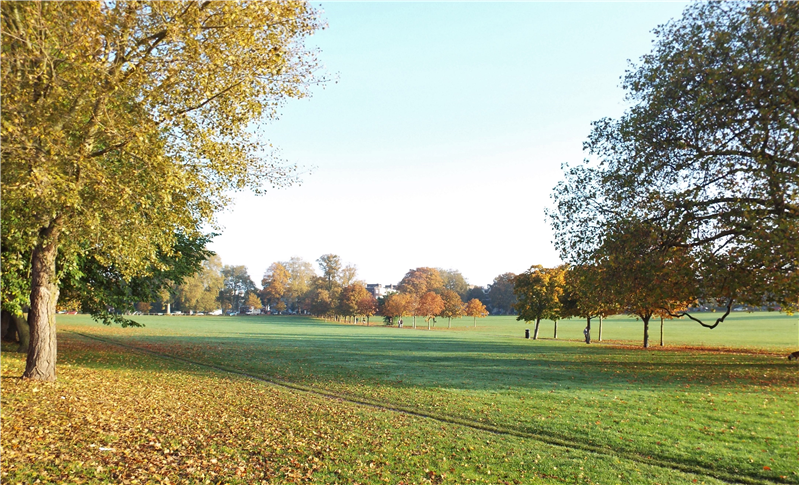
Where: Peckham Rye
Who: William Blake, Muriel Spark
Home to the namesake road in The Ballad of Peckham Rye, Peckham might not be the first place that comes to mind when pondering literary locations in London. However, aside from the Muriel Spark novel, its literary associations go much further back. It is Peckham Rye where William Blake claims to have had his first celestial experiences. In 1765 at the age of 8, William Blake saw his first vision while walking on Peckham Rye, ‘A tree filled with angels, bright angelic wings bespangling every bough like stars.’
Whilst the Rye might be unable to promise similar encounters today, to honour its significance, an oak was planted on Peckham Common in the early 2010’s, and a lovely Blakean-style mural was painted nearby on Goose Green in 1993 which I recommend you see.
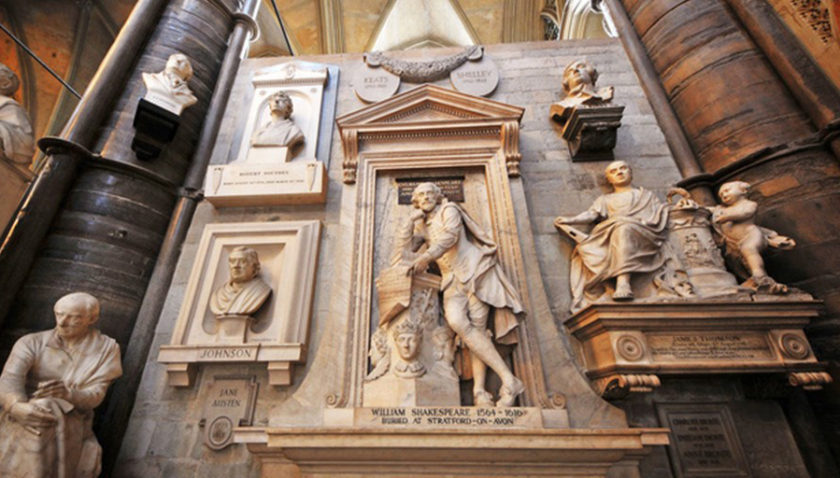
Where: Poets’ Corner, Westminster Abbey
Who: Geoffrey Chaucer, Thomas Hardy, Charles Dickens, Laurence Olivier, Rudyard Kipling & more
Since Geoffrey Chaucer’s tomb was moved here in the mid 16th century, Poets’ Corner has accumulated quite the memorium over the years. It is a place of pilgrimage for literature lovers. Here, over 100 poets and writers are buried or have memorials.There’s a long list of playwrights, poets and authors whose remains rest within the Abbey, and several commemorative monuments for those writers whose remains are not on site, for example, Oscar Wilde, William Shakespeare, Lewis Carroll and the Bronte sisters. Now how amazing is it to think of them all up there together, having a party with a load of books and booze?
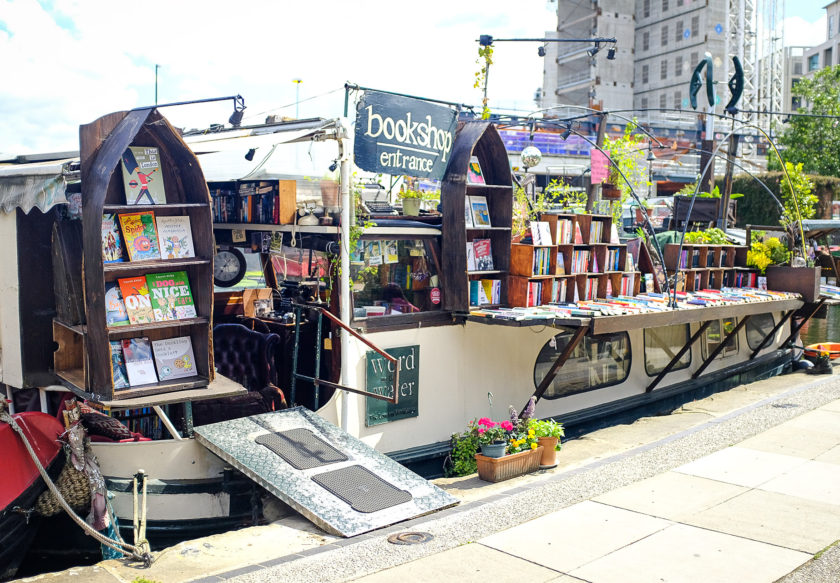
Where: Word on the Water, Regent’s Canal
Who: A boat full of authors
Ahoy matey! Word on the Water is a canalboat that has been painstakingly transformed into London’s most unique bookshop. It is set against the backdrop of a former 50-foot-long 1920s Dutch barge that has been floating on the waters of London since 2010. Browse the shelves outside on the deck, or bob inside to peruse their treasured collection which is warmed by a cosy stove in the winter.
Where: The Old Curiosity Shop, Portsmouth Street
Who: Charles Dickens
Often thought to be the oldest shop in London, the small shoe shop is squeezed between modern day buildings which are home to the London School of Economics. Dating back to the 16th century, the charming store got its name after Charles Dickens’ namesake novel became a bestseller, with many people believing Dickens used the shop’s then rickety floorboards and uneven walls as inspiration for the book.
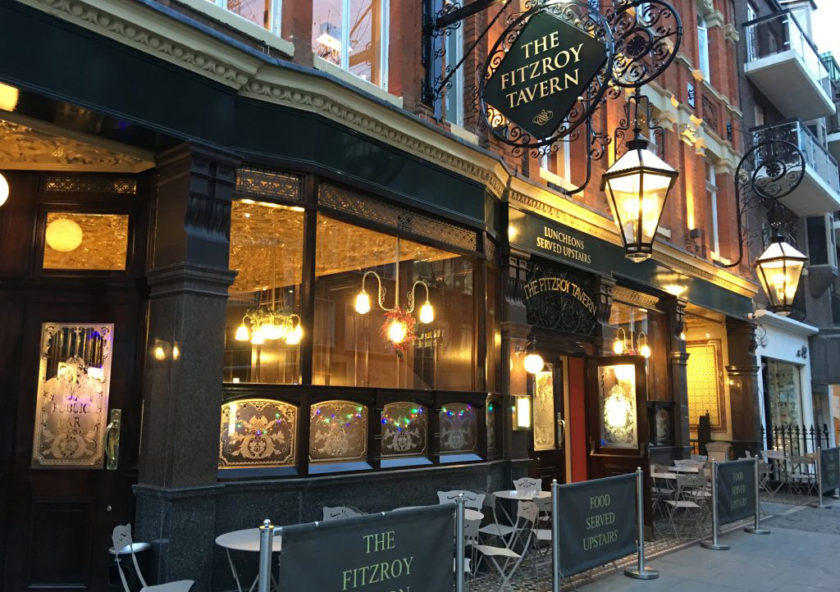
Where: Fitzroy Tavern, Charlotte Street
Who: George Orwell, Dylan Thomas, George Bernard Shaw
Believed to have been the inspiration in the naming of the sought-after London district of Fitzrovia, this watering hole has ties to several big literary heavy-weights. Inside you can find photos of George Orwell and Thomas Dylan, both of whom drank here when they worked nearby at the BBC. On London’s hedonism, Thomas said, ‘promiscuity, booze, coloured shirts, too much talk, too little work’.
While Fitzrovia was once the Artists’ Quarter of the capital, and the tavern was a popular meeting place for trendy bohemians of yesteryear, it’s doubtful you’ll knock down a pint with famous writers now. However, the tavern today still packs plenty of atmosphere with good, hearty pub grub on the menu and a decent offering of beers to boot.
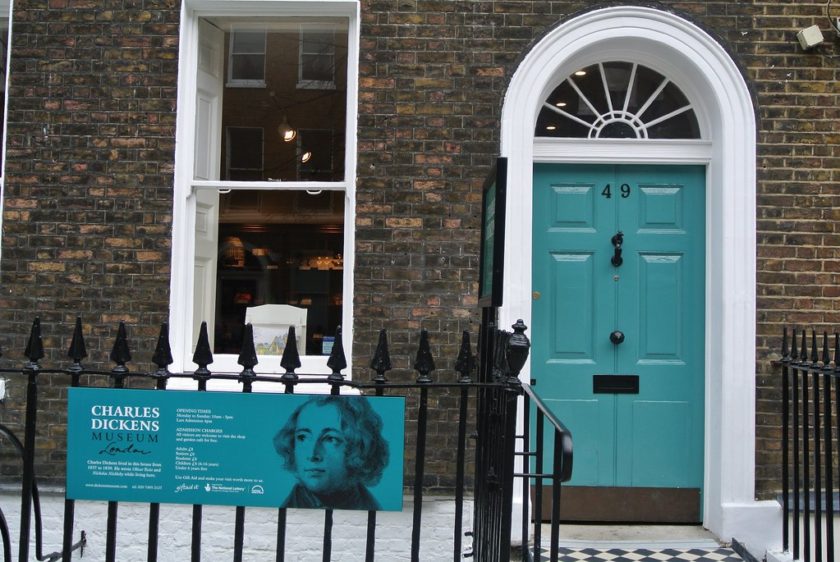
Where: Charles Dickens Museum, Doughty Street
Who: Charles Dickens
Complete with period decor, the museum is a reconstructive look at how Dickens would have lived during his relatively brief time in the house, 25 March 1837 to December 1839. Featuring manuscripts, artwork and even a set dinner table, one of the most notable pieces of furniture in the museum is Dickens’ original writing desk, where you can ponder what parts of Oliver Twist or Nicholas Nickleby he penned whilst sitting there. From feather quills to bronze busts, the Dickens shop is filled with a variety of eclectic, era specific trinkets, whilst the cafe offers up slices of somewhat sumptuous cake.
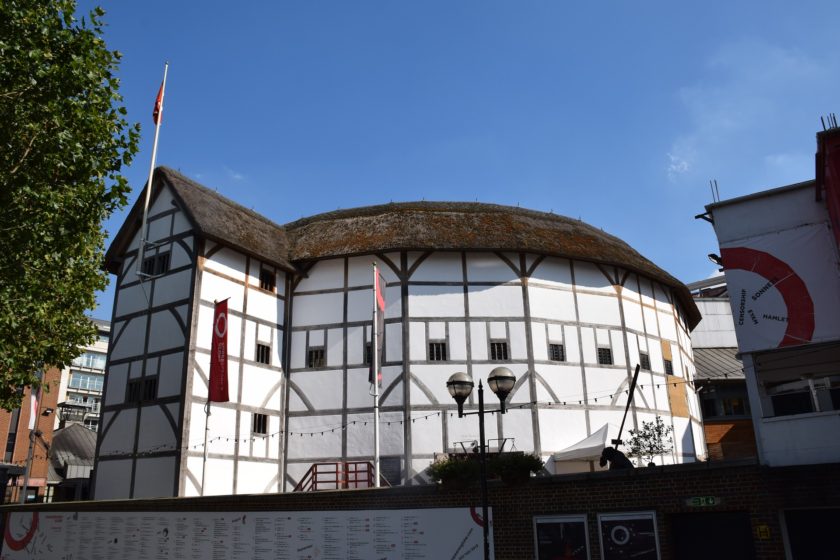
Where: Shakespeare’s Globe
Who: William Shakespeare
One of the most famous literary landmarks, that no list would be complete without, is Shakespeare’s Globe, commonly called The Globe Theatre. However, this refers to the original theatre, an Elizabethan playhouse for which William Shakespeare wrote his plays before it tragically burnt down in a fire.
In 1997 it was reconstructed close to its original site and after intense research and architectural planning, is considered a faithful replica of its original design, using only English Oak, and it is the only building in London that’s been permitted a thatched roof since the Great Fire of 1666.
The iconic theatre is on Bankside overlooking the Thames – very close to the Tate Modern – and near by is a superb wall mural by James Cochran which you should keep you eyes peeled out for. Tours of the Shakespearean theatre are bookable throughout the year, with some of the bard’s finest work still staged in the open air theatre throughout the summer months, although performances move indoors in the winter. If you’re on a budget you can grab standing seats for a steal at £5 during the summer.
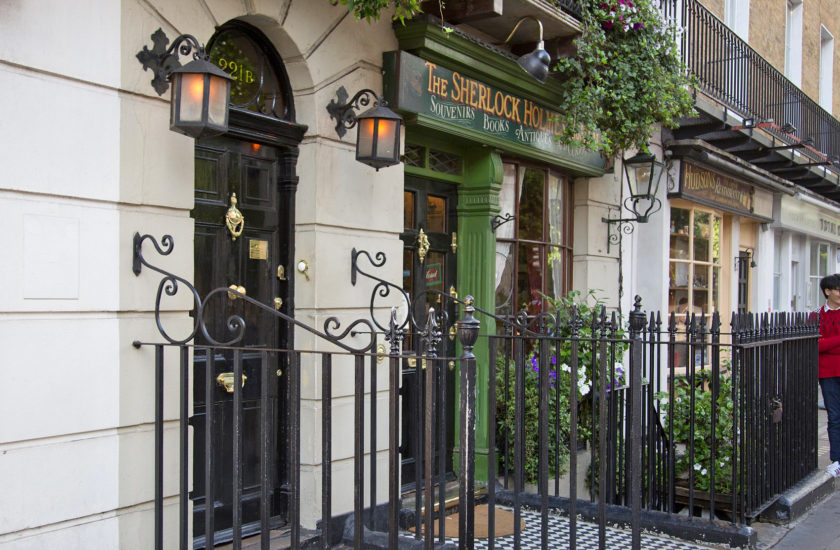
Where: Sherlock Holmes Museum, Baker Street
Who: Sir Arthur Conan Doyle
The experience of visiting this one really starts the second you get to the Baker Street train station. With the ‘pointing hand’ signs directing you all the way to the museum, the rooms within are adorned with Victorian furnishings and Holmes memorabilia. After the tour, the museum gift shop here is notoriously brilliant.
Where: The British Library, Euston Road
Who: Jane Austen, Shakespeare and many original manuscripts
Initially part of the British Museum, the library moved into 1.2 million square feet of space in 1998. Home to more than 150 million items, including 4,000 year old manuscripts, the British Library is the second largest library in the world. Featuring original copies of Beowulf and Jane Eyre the library is also home to the Magna Carta which is part of the stunning Sir John Ritblat Gallery.
Blue Plaques
Few cities on Earth can compare to London when it comes to truly brilliant writers. On your next visit to London, as you walk around the city on your literary journey, be sure to keep an eye out for the much-cherished blue plaques on walls around the capital. These plaques mark places of great significance in London and are particularly prominent in the Bloomsbury area, often featuring anecdotes about the famous figures that may have once worked or lived in that location.
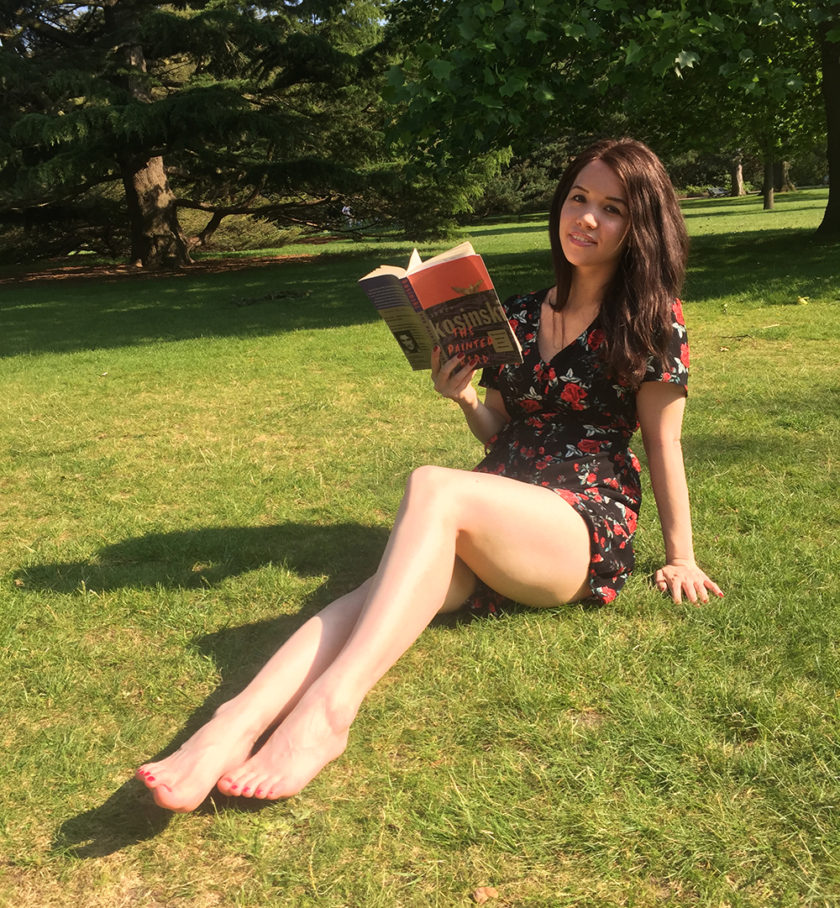
Grab a book and find a quiet spot
Now once you’ve explored many of London’s literary connections, grab a book and find a quiet spot to enjoy it.
Though I’ve got my hands on The Painted Bird by Jerzy Kosinki in the above photo (which I highly recommend by the way), I ought to suggest a few novels depicting London throughout the ages. Here they are:
Brick Lane by Monica Ali
London Fields by Martin Amis
Mrs Dalloway by Virginia Woolf
Oliver Twist by Charles Dickens
The Buddha of Suburbia by Hanif Kureishi
The Picture of Dorian Gray by Oscar Wilde.
And if you’ve already read those, here are more recommendations from the Guardian.
What will you discover on your next exploration of London?
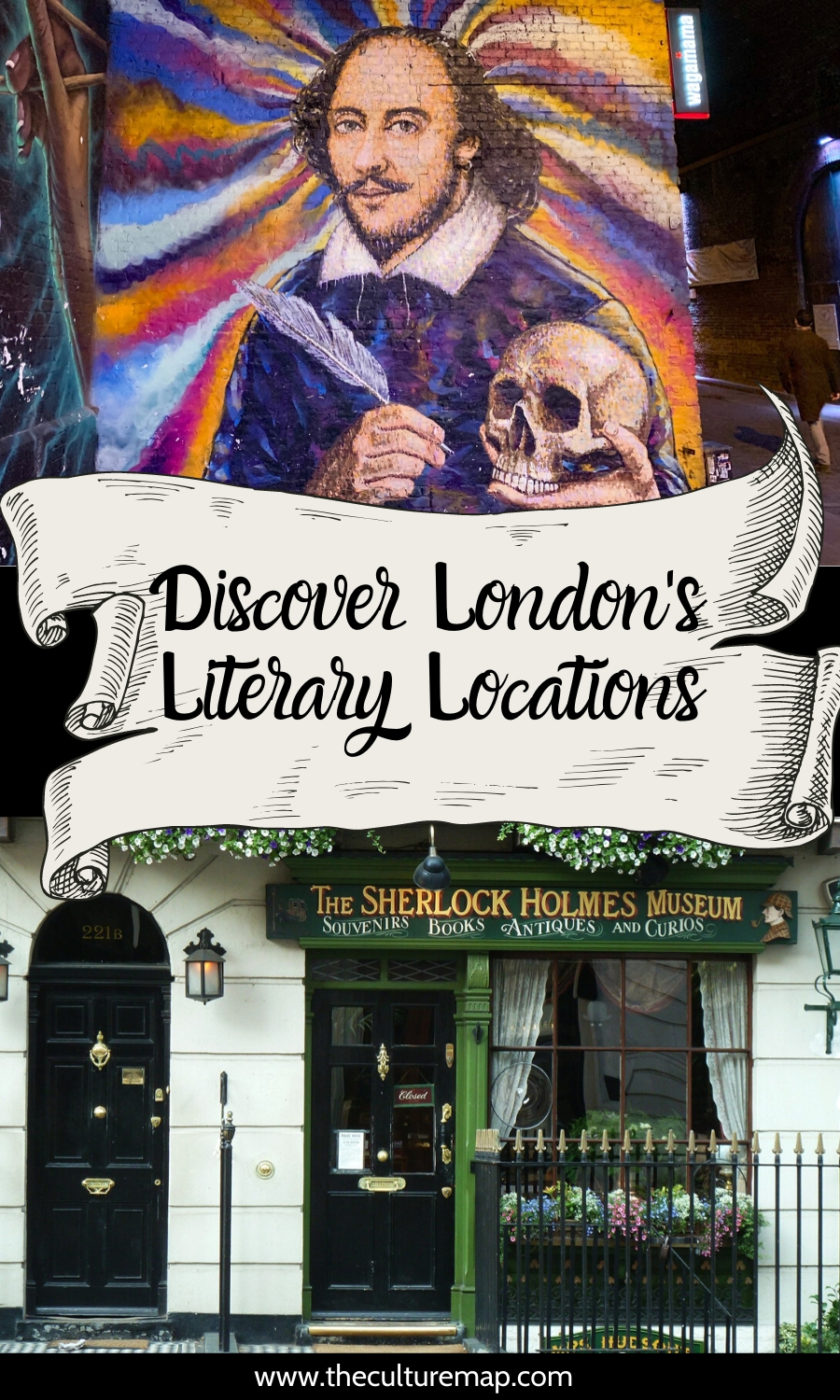
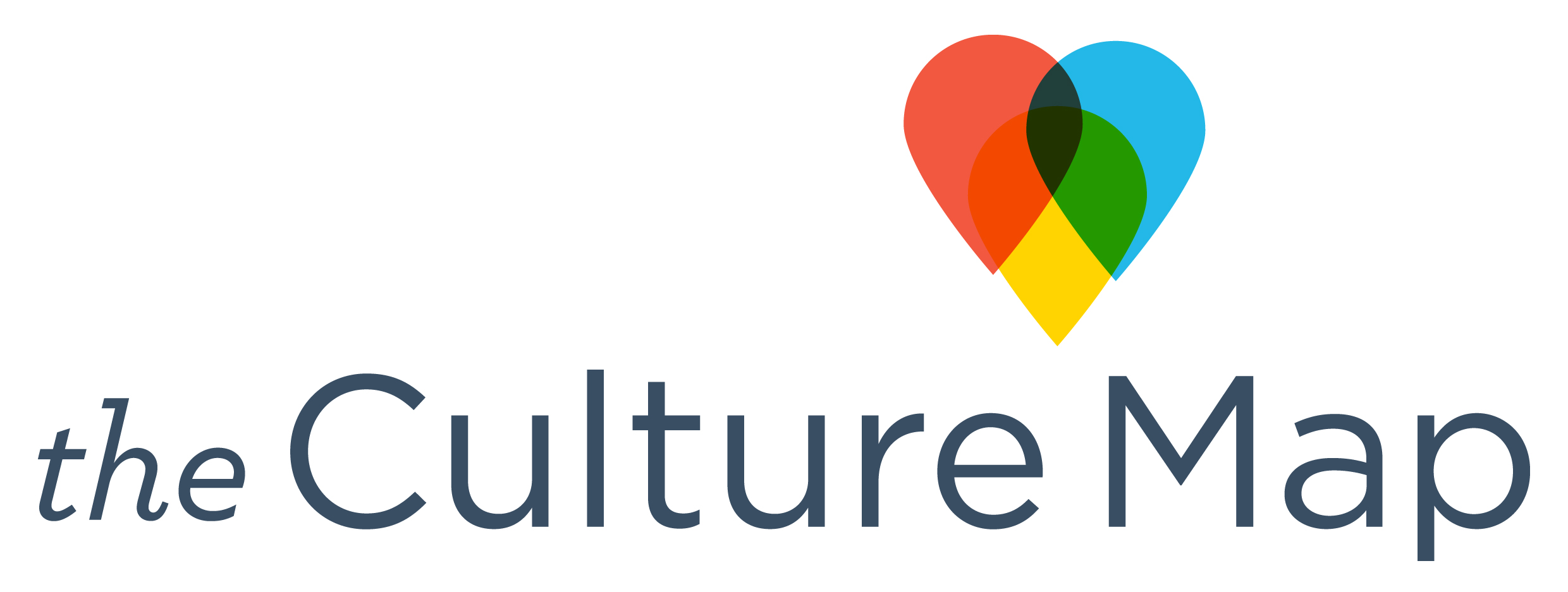

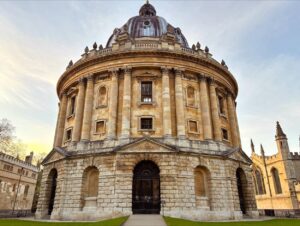


One Response
I’d agree Word on the Water’s the most unique bookshop in the city (and contender with Venice’s Libreria Acqua Alta more generally)…but another bookshop worth visiting – and particularly as this is a travel blog and this post includes Sherlock Holmes – is Stanfords. It was founded in the Victorian era and remains devoted to all things travel-related 150 years later (Holmes even goes to buy a map from this very bookshop in The Hound of the Baskervilles).